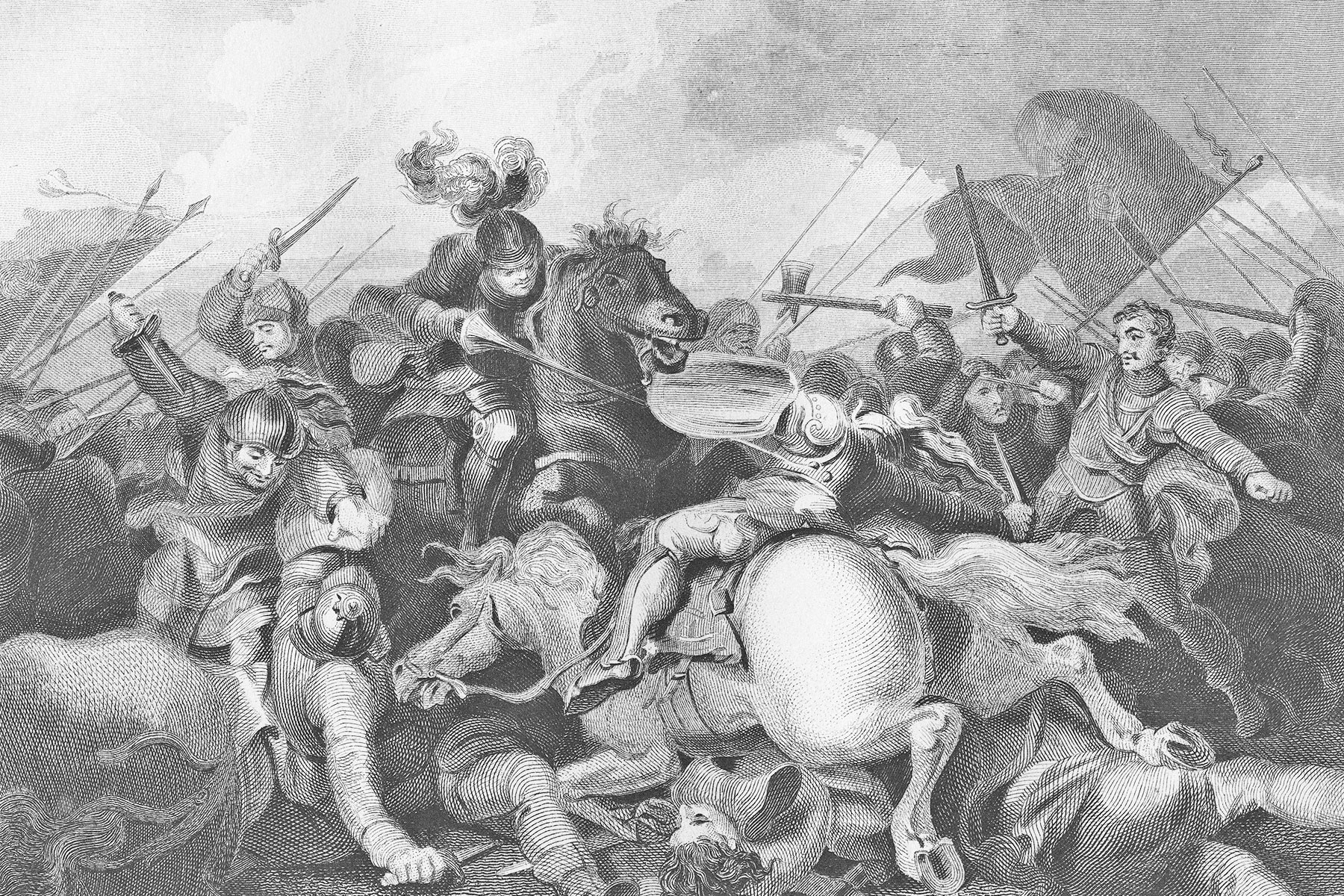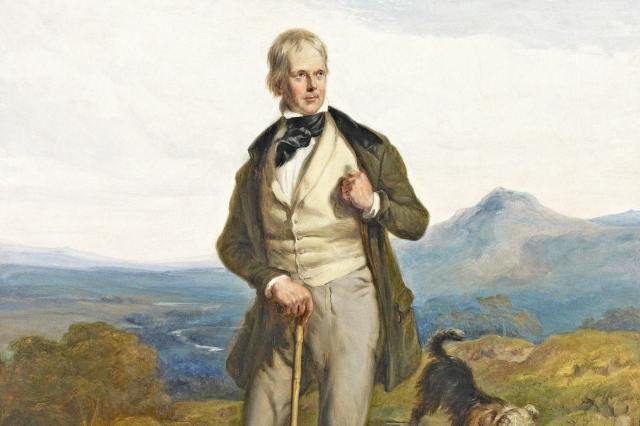Why Were They Called the Wars of the Roses?
For three decades between 1455 and 1487, the House of Lancaster and the House of York vied for control of the English throne. Originating in a period of instability during the reign of King Henry VI, whose struggles with mental illness left the throne vulnerable, this series of civil wars lasted for more than 30 years, though there were only about 15 months of active battle. The country was nonetheless mired in civil strife throughout the Wars of the Roses. The two rival houses were actually branches of the same family, the Plantagenet dynasty, and the power shifted back and forth over the years of fighting.
In 1485, at the Battle at Bosworth, the final battle of the conflict, Henry Tudor — a tenuous descendant of the Lancastrian house through his mother, Margaret Beaufort — defeated Richard III of the House of York. He was crowned King Henry VII, effectively ending the wars and establishing the transformative Tudor dynasty. Centuries later, a romanticized vision of the dynastic struggle continues to influence literature, film, and television, including George R.R. Martin’s Game of Thrones series and its wildly popular television adaptation, which follows the warring houses of Stark and Lannister (sound familiar?). The question is: How exactly did this tumultuous period in English history come to be named after a beautiful and sweet-smelling flower?

















